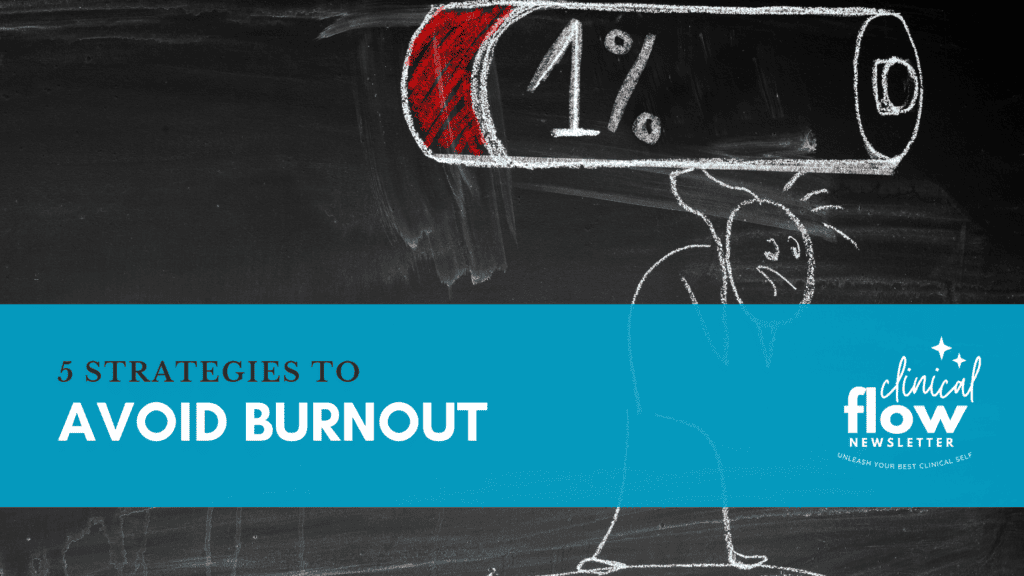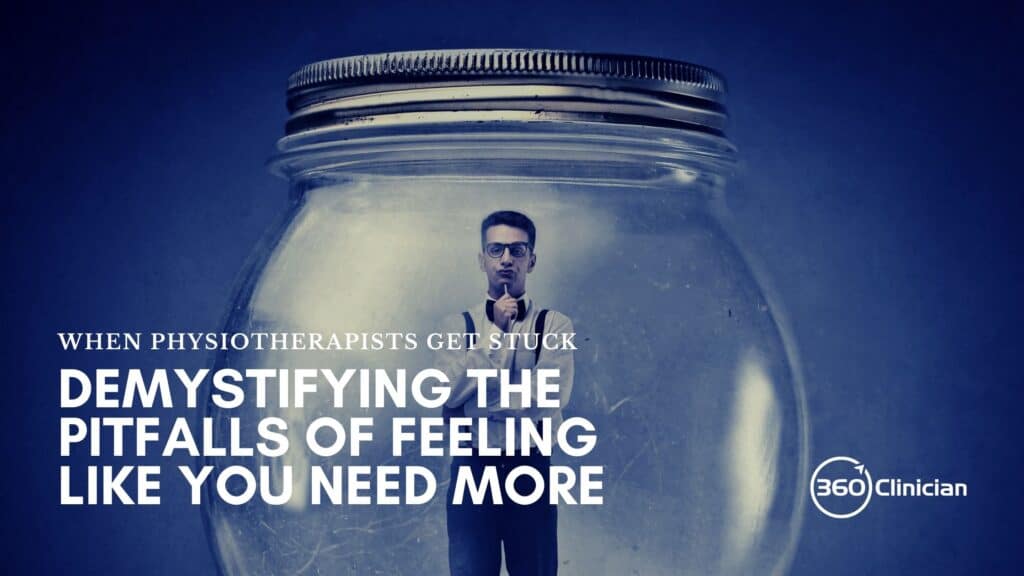Clinical work is demanding.
And often times it can feel that we’re on the edge, between feeling good and giving it our all, and feeling exhausted, overwhelmed and burnt out.
A number of years ago I was sailing on Lake Okanagan with a friend in a hobie cat sailboat.

One of the thrills of this boat is riding it on the edge where one pontoon is out of the water. And on that day, the wind was strong and white cap waves were ever-present. We got the boat on one pontoon and I was standing on the upper pontoon – attached with a harness. My sailing partner was steering the boat and was riding the fine line between achieving optimal speed and capsizing the boat.
Things were going well until the storm continued to grow and the winds became more erratic. And before I knew it, I was flying through the air into the water as the boat completely flipped over in the middle of Lake Okanagan. It was quite an adventure getting rescued, but that’s a tale for another time.
As I’ve been reflecting on the topic of burnout I’ve thought about this story and how we have the challenging work of navigating the constantly changing tensions as we operate at full capacity without overextending ourselves.
And just like that day of sailing, life’s demands can change quickly and we can find ourselves struggling to balance the many competing demands of work and life. A sudden change in our personal lives or work conditions can leave us feeling exhausted and struggling to have the energy to face another day.
“I feel so burnt out right now.”
The term burnout is thrown around quite readily and it can be helpful to look at the term in more detail. Foremost burnout researcher Christina Maslach created the Maslach Burnout Inventory which measures burnout across three elements:
- Emotional exhaustion
- Depersonalization (aka compassion fatigue)
- Reduced personal accomplishment.
Balogun et al (2002) describe how health professionals display burnout: “feeling drained, unable to give of themselves anymore, and cope by decreasing client contact and adopt a negative attitude toward their job and subsequently towards their clients.”
5 Strategies to Avoid Burnout
As Benjamin Franklin so aptly stated, “An ounce of prevention is worth a pound of cure.” And I think this applies especially in our work of avoiding burnout. As I work on fine-tuning my ability to operate at a consistently high clinical level, I find myself asking how to avoid burnout.
Here are five strategies that I have been incorporating into my life and fine-tuning to ensure consistent engagement and growth in my work:
#1 – Listen for the early warning signs
I’ve found that emotional exhaustion and compassion fatigue often whisper to us in the early stages before they start getting louder and louder if unattended. Identifying and acting on those early warning signs can help us course correct. While there are common signs of emotional exhaustion and compassion fatigue it can be helpful to identify the warning signs specific to you.
I know for myself early warning signs of emotional exhaustion include:
- Eating more junk food and sweets
- Disrupted sleep, especially early morning awakenings where I can’t fall back asleep
- Mindless activities such as binge-watching TV as a way to avoid tasks
What are your early warning signs?
#2 – Take stock of our life consistently
The transition of one year to the next is often a time of reflection and planning. While annual planning can be helpful, reflecting on how we’re doing on a more regular basis is important.
In the Catholic tradition, Saint Ignatius of Loyola, a Jesuit priest from the 1500’s, created a process of spiritual reflection called the Daily Examen. It was developed as an exercise to reflect and take stock of the day’s coming and goings. This process can also be done on a weekly or monthly basis.
Reflecting on one’s day or week is a great way to slow down and take stock of what went well, what was draining and things to learn and grow from.
#3 – Monitor our energy states
Dr. Drummond, in his book Stop Physician Burnout, shares an important principle around burnout prevention which he calls his first law of burnout:
You can’t give what you ain’t got.
While we can manage for a little, giving when we’re on empty is a recipe for burnout. He outlines our three energy accounts (physical, emotional and spiritual) that we need to pay attention to so that we have something to give to our patients on a regular basis.
#4 – Create more white space
A number of years ago I came across an author who talked about the importance of creating white space in our lives. Just like a book, we need margin in our lives. I found this a helpful analogy in better understanding the tension between demands and capacity in my own life.
When pages of a book are jam-packed with text, reading becomes a chore. A book would feel unwelcoming and even chaotic – something like our lives if we’re living without margin.

Unexpected things happen at work and in our personal lives that require us to have the ability to respond and adapt. That becomes all the more difficult when we have no physical or emotional buffer in place.
#5 – Set better emotional boundaries
Saying no can be hard.
Whether that’s saying no to that extra shift, or covering for a co-worker. We often think about boundary setting when it comes to our time and physical space, but it can be so much more.
Boundary setting is also important from an emotional standpoint. We’re invested emotionally in our patient’s recovery, but sometimes it can be easy to take on too much when it comes to their progress and outcomes.
I believe that emotional exhaustion and compassion fatigue can occur when we become too invested in our patient’s recovery.
Compassion fatigue can occur when we see another’s suffering, but feel unable to resolve the distress that we experience with seeing someone suffering.
As Ronald Epstein shares in his book Attending, “If I feel that I can do something to relieve the patient’s distress quickly, my own distress also dissipates. But if it’s not possible – if I lack the skills or if it’s going to take a long time – there’s a natural human tendency to withdraw, to pull away in self-protection.”
I’ve come to realize how letting go of the outcome with my patients is an important way to maintain healthy emotional boundaries with my patients.
Wrap Up
Staying engaged and energized in one’s work is not a one-and-done type of experience. I believe that avoiding burnout requires regular self-monitoring and reflection to understand the early warning signs that can cause us to slip into exhaustion.


